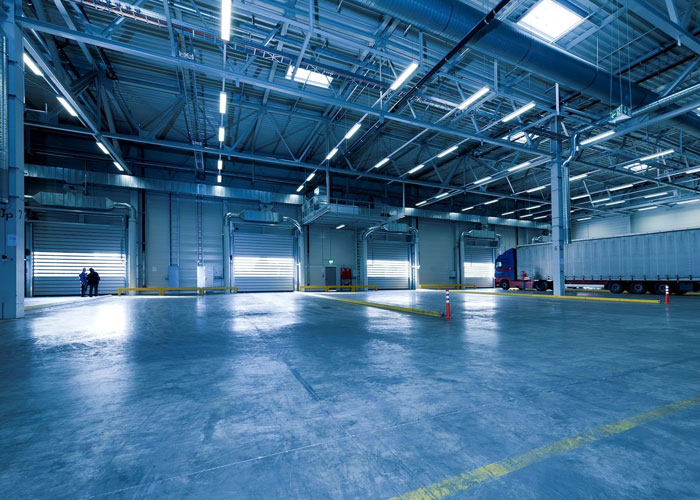For nearly six months since the coronavirus pandemic upturned the U.S. economy, most of the conversation around commercial real estate has been doom and gloom.
As analysts and investors fret over the future of the office building in the age of remote work, or the uncertain path forward for college housing, it’s easy to overlook certain areas that remain promising or are becoming more attractive.
Research firm Propmodo has examined which commercial real estate investments are worth the risk in 2020, as well as into the future as the economy is reshaped by the effects of the pandemic.
Up first are Class A multifamily properties, the high end of the commercial pool for renters. These properties are simply the most likely to house residents who will continue to meet their rent obligations on time.
Data collected by the National Multifamily Housing Council shows Class B and Class C multifamily renters are paying rent at falling percentages as the pandemic continues. If long-term action isn’t taken to prevent a tide of evictions in the year ahead, there’s a growing risk in these groups.
In Class A, meanwhile, rates of rent payment have remained largely steady since March.
Another area to look for investment opportunities is secondary cities, or those with a population under 500,000. These locations — Charlotte, Jacksonville and Atlanta, for example — tend to have lower rent-to-income ratios.
This will become increasingly valuable to investors as remote workers from expensive cities, such as San Francisco and New York, relocate in areas that are more affordable for them to get the most of their incomes.
Moving away from the rental market, there has been growing industrial recognition of the importance of “last mile” locations that are hubs for online retail.
One important lesson of the pandemic is that consumers are more than willing to adapt their purchasing habits to the e-commerce world if brick-and-mortar is shut down.
While the online shopping explosion has slowed down with the easing of restrictions, there is still a growing emphasis on warehouse spaces on the outskirts of population centers. More and more businesses are looking to refine and speed up deliveries by bringing their distribution closer to the consumer. Warehouse space will continue to be an attractive investment.
Finally, as an extension of the category above, there’s the grocery and cold-storage market.
With many consumers flocking to online food-shopping platforms, overwhelmed grocers will likely move to invest in separate spaces that facilitate their online delivery operations. This figures to be a promising area of growth across the United States.
Forward-thinking institutional investors will be able to see through the haze of the pandemic and recognize that there are plenty of areas rife with opportunity. When one sector is ailing or in trouble, it often means there’s another that is shaping up to fill the void.
Photo credit: Pixabay/Pexels.com



1,040 Comment
Comments are closed.